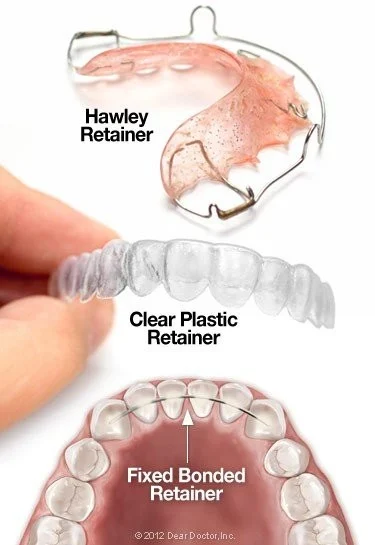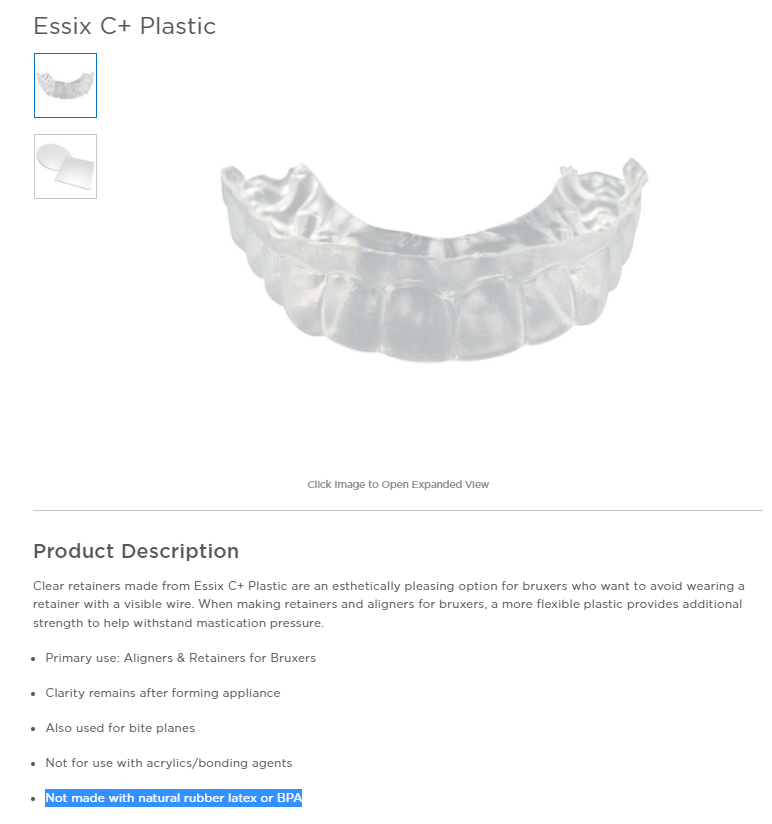Orthodontic retainers – What you need to know
- cslcocheung
- May 11, 2022
- 2 min read
Once your dentist has finished the process of straightening your teeth, the retention phase of your treatment will begin. Without proper retention, orthodontic relapse (the return of features of your original malocclusion) is likely to occur.
Research has shown that relapse occurs in patients with and without orthodontic retainers. There appears to be agreement that lifetime retention is necessary if relapse is to be minimal.
There are three kinds of retainers: Fixed (permanent, bonded) and Removable (Hawley, Essix ). This time we will focus Essix (vacuum formed) retainer.

Vacuum-formed retainer (Essix)

Vacuum-formed retainers are sometimes referred to as “invisible” retainers because they’re made out of clear plastic.
What does an Essix retainer look like?
It looks like a copy of your teeth made out of thin clear plastic. The appliance is trimmed to a horseshoe shape that just covers over your teeth and a little bit of their surrounding gum tissue.
What are the advantages and disadvantages of Essix retainers?
Advantages.
When worn, they’re quite invisible.
They can be taken out for cleaning.
Patients tend to comply with wearing them.
It can act as a nightguard if patients clench at night.
Disadvantages.
Some people will notice difficulty in speaking.
The retainer’s fit are non adjustable nor repairable.
The potential for demineralization, caries and poor gingival health if a careless dietary lifestyle with frequent ‘fizzy’ drink intake is adopted while the VFR is being worn. ( This is commonly seen !!!!)
Is it effective compared with other types of retainers?
The evidence suggests that VFRs were slightly more effective than Hawley retainers in maintaining incisor alignment in the mandible but less effective than BRs. No significant differences appear to exist between the VFR, Hawley retainer and pre-fabricated positioner in maintaining incisor alignment in the maxilla.
How do you choose of them?
Thickness :
Normally 1.0mm thickness is being used. If patients feel to bulky, they can choose 0.75mm ( more comfortable but easier to break). On the contrary, they can choose 1.5mm if their retainers are easily to be broken because of mishandling or clenching at night.
2. Safety concern:
Some of the plastics used may not be BPA free while some are using ( For example Essix C+ Plastic. Exposure to BPA is a concern because of the possible health effects on the brain and prostate gland of fetuses, infants and children. It can also affect children's behavior. Additional research suggests a possible link between BPA and increased blood pressure, type 2 diabetes and cardiovascular disease.

Source:
- https://www.animated-teeth.com/dental-braces/a-invisalign-orthodontic- retainers.htm#essix.vivera
- Vacuum-formed retainers: An overview June 2015, Dental Update 42(1):24-6, 28-30, 33-4
- McDermott P, Millett D, Field D, Van Den Heuvel A, Erfida I. Lower incisor retention with fixed or vacuum-formed retainers. In: IADR Conference Abstract 0642. J Dent Res 2008; 87: (Spec Iss B). IADR/CADR 86th General Session, Toronto, Ontario, Canada.




Comments